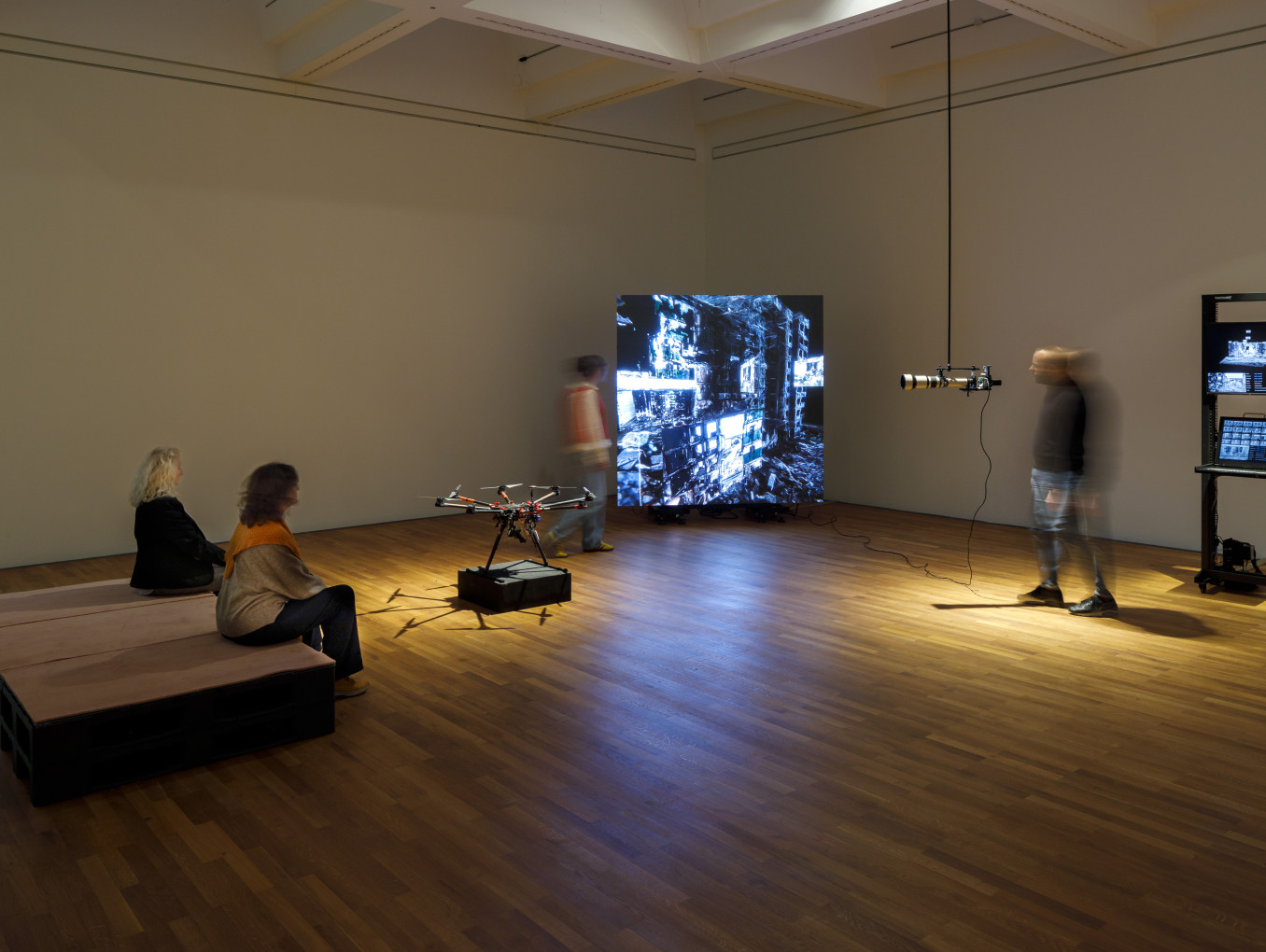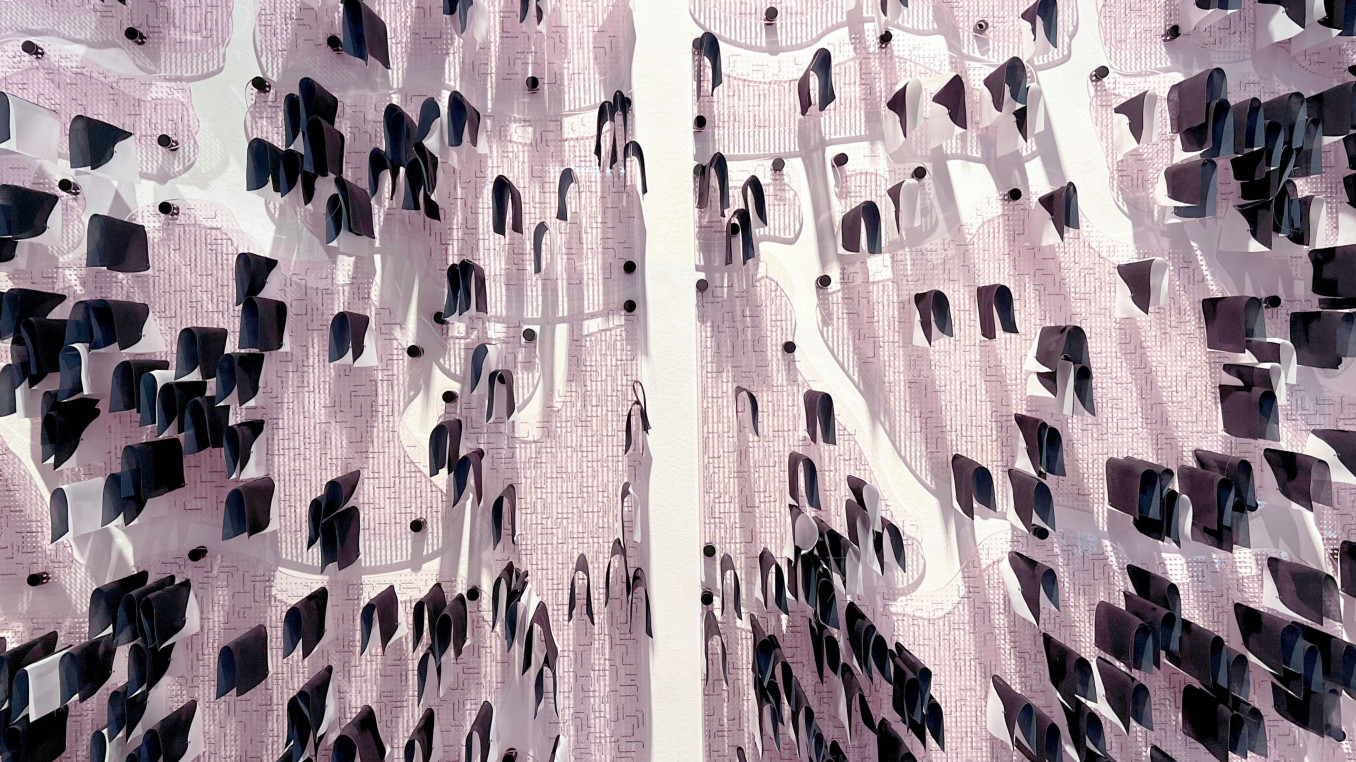Decoding Truth: Ègor Kraft's Vision to Combat Disinformation
Breaking the Wall of Disinformation
Winner Interview 2024: Art & Science
In an era where information warfare distorts reality, Ègor Kraft's groundbreaking project aims to create tools that compute truth. By leveraging blockchain technology and decentralized systems, Kraft's Hashd0x software tackles misinformation and disinformation, providing verifiable provenance for digital content. This innovative approach not only addresses the challenges of today's digital information ecology but also paves the way for a more truthful and reliable future. Discover how Kraft's work is redefining the landscape of information integrity and shaping the next generation of digital trust.
Which wall does your research or project break?
Now that we’ve built tools that compute virtually anything, we need tools that compute truth.
The internet provided us with the programmable information ecology at scale. The very concept of scale is inherent in the design and engineering of web-based software. In the context of information warfare, this scale is often abused to engineer wide-spreading false narratives. These narratives aim to cause fear, confusion, villainization, or victimization of involved actors, groups, or sometimes entire nations. Let us be reminded that the internet is a relatively recent information ecosystem, enabled via an infrastructure of interconnected servers ingeniously engineered to transmit information. The nature of these information logistics was intentionally and justly created to be agnostic to the content it carries, neutrally allowing it to scale as designed.
Infrastructures of computing robust models of trust (or rather trust-less), namely blockchains, are layers of distributed computing-infrastructures built on top of the internet, addressing what its fundamental protocol designed to do or not to do. This basis protocol is called TCP/IP, which stands for Transmission Control Protocol/Internet Protocol.
These collective-computing layers, that we call blockchains, stacked on top of the existing internet-protocol, enable a whole layer of complexity. They find forms of sophisticated protocols that compute scarcity, where it was previously absent by design. Others compute entire ontologies, discrete entities and properties such as ownership, transferability, immutability and more.
These ontologies are crucial to the tactical software Hashd0x. Over the years of operation, the networked computing has demonstrated solid verifiability and instilled confidence in the resilience of this approach. The assured reliance within these networks is maintained via so-called, ‘trust-less’, information ecologies, in which nobody needs to trust because anyone can verify. Such verifiability of records is achieved through architectures of self-executing processes within transparent, programmable, collectively hosted and computed environments.
With this in mind, perhaps we can re-evaluate what constitutes Plato's "justified true belief" within today's enhanced technological condition of information ecology. And how to engineer "truth" into the architecture of the infinitely expanding digital domain of the dataverse, saturated with information but not necessarily knowledge.
What are the three main goals of your research or project?
The project emerged as a technical and tactical software and hardware proposal addressing the common strategies of misinformation and disinformation that are not only widely observed in the context of ongoing information wars, but are also involved in fuelling actual military actions. Its design revolves around peer-to-peer, decentralised, user-owned, blockchain-based and serverless computing, allowing to record and verify provenance of still or moving images via hashing their metadata on-chain; this allows making informed assumptions on the authenticity of examined imagery.
This tactical proposal also offers the novel concept of "hashmark", a peer-to-peer hyperlink version of watermark designed for our computationally augmented information ecology. Hashmark is meant to become a solid concept in and computational ontology that can help to extend data-driven digital examination practices, open source investigation technics and enable other scenarios. Hashmarks provide immutable metadata allowing to examine the provenance of digital content and help distinguish factual evidence from fabricated content including synthetic data from generative Ai, or deliberately modified imagery involved in strategic communications on social media such as disinformation campaigns and more.
Lastly, an artistic installation produced with the Hashd0x app is directed to communicate key aspects of the research and help engage a wider community. Titled "Proof of War" the artwork serves both a digitally sculpted memorial to the atrocities of present-day war crimes and a novel technical proposal for preservation of historically significant evidence across digital archives for possible future media archaeology.
What advice would you give to young scientists or students interested in pursuing a career in research, or to your younger self starting in science?
A piece of advice to my younger self would be to learn about two things that we both happen to call "intuition". It's likely that you would unlock a lot of latent clues just by listening to one of these two intuitions and connecting the pieces of knowledge you already have. On the other hand, it is also likely that by relying too much on the second thing, which we also happen to call "intuition", you can remain deceived and trapped in blind neglect.
Let me explain the latter first. An "intuition" can refer to a superficial understanding of the way in which things are in the world; for example, if I didn't know about the giant bodies of stars and planets that orbit each other in space, I would assume that the sun really does appear at the east end of where I am and regularly disappears at the west end of what I know as the world; or in other words, a somewhat flat terrain that ends somewhere I haven't managed to reach yet. Put differently, I would have been a flat-earther, like most scholars and educated people in medieval Europe. (ha!)
Another thing, which we also call "intuition", is a different notion that concerns what makes you feel like you know something without actually knowing what you know. Pondering around such a latent space of thoughts can sometimes lead down rabbit holes with the most fruitful outcomes a very process of thinking can reward us with. You will believe it when you see it.


